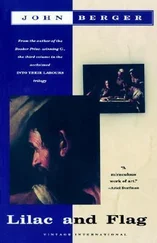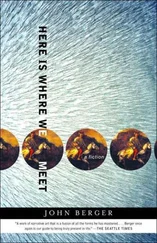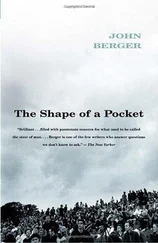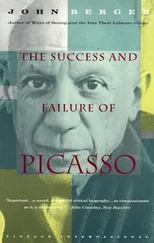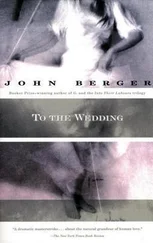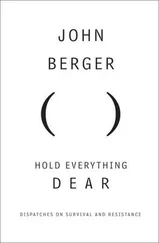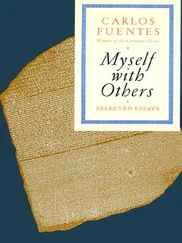Pollock was highly talented. Some may be surprised by this. We have seen the consequences of Pollock’s now famous innovations — thousands of Tachiste and Action canvases crudely and arbitrarily covered and ‘attacked’ with paint. We have heard the legend of Pollock’s way of working: the canvas on the floor, the paint dripped and flung on to it from tins; the delirium of the artist’s voyage into the unknown, etc. We have read the pretentious incantations written around the kind of painting he fathered. How surprising it is then to see that he was, in fact, a most fastidious, sensitive and ‘charming’ craftsman, with more affinities with an artist like Beardsley than with a raging iconoclast.
His best canvases are large. One stands in front of them and they fill one’s field of vision: great walls of silver, pink, new gold, pale blue nebulae seen through dense skeins of swift dark or light lines. It is true that these pictures are not composed in the Renaissance sense of the term; they have no focal centre for the eye to travel towards or away from. They are designed as continuous surface patterns which are perfectly unified without the use of any obvious repeating motif. Nevertheless their colour, their consistency of gesture, the balance of their tonal weights all testify to a natural painter’s talent. The same qualities also reveal that Pollock’s method of working allowed him, in relation to what he wanted to do, as much control as, say, the Impressionist method allowed the Impressionists.
Pollock, then, was unusually talented and his paintings can delight the sophisticated eye. If they were turned into textile design or wall-papers they might also delight the unsophisticated eye. (It is only the sophisticated who can enjoy an isolated, single quality removed from any normal context and pursued for its own sake — in this case the quality of abstract decoration.) But can one leave the matter there?
It is impossible. Partly because his influence as a figure standing for something more than this is now too pressing a fact to ignore, and partly because his paintings must also be seen — and were probably intended — as images. What is their content, their meaning? A well-known museum curator, whom I saw in the gallery, said ‘They’re so meaningful.’ But this, of course, was an example of the way in which qualitative words are now foolishly and constantly stood on their heads as everybody commandeers the common vocabulary for their unique and personal usage. These pictures are meaningless. But the way in which they are so is significant.
Imagine a man brought up from birth in a white cell so that he has never seen anything except the growth of his own body. And then imagine that suddenly he is given some sticks and bright paints. If he were a man with an innate sense of balance and colour harmony, he would then, I think, cover the white walls of his cell as Pollock has painted his canvases. He would want to express his ideas and feelings about growth, time, energy, death, but he would lack any vocabulary of seen or remembered visual images with which to do so. He would have nothing more than the gestures he could discover through the act of applying his coloured marks to his white walls. These gestures might be passionate and frenzied but to us they could mean no more than the tragic spectacle of a deaf mute trying to talk.
I believe that Pollock imaginatively, subjectively, isolated himself almost to that extent. His paintings are like pictures painted on the inside walls of his mind. And the appeal of his work, especially to other painters, is of the same character. His work amounts to an invitation: Forget all, sever all, inhabit your white cell and — most ironic paradox of all — discover the universal in your self, for in a one-man world you are universal!
The constant problem for the Western artist is to find themes for his art which can connect him with his public. (And by a theme I do not mean a subject as such but the developing significance found in a subject.) At first Pollock was influenced by the Mexicans and by Picasso. He borrowed stylistically from them and was sustained by their fervour, but try as he might he could not take over their themes because they were simply not applicable to his own view of his own social and cultural situation. Finally in desperation he made his theme the impossibility of finding a theme. Having the ability to speak, he acted dumb. (Here a little like James Dean.) Given freedom and contacts, he condemned himself to solitary confinement in the white cell. Possessing memories and countless references to the outside world, he tried to lose them. And having jettisoned everything he could, he tried to preserve only his consciousness of what happened at the moment of the act of painting.
If he had not been talented this would not be clear; instead one would simply dismiss his work as incompetent, bogus, irrelevant. As it is, Jackson Pollock’s talent did make his work relevant. Through it one can see the disintegration of our culture, for naturally what I have described was not a fully conscious and deliberate personal policy; it was the consequence of his living by and subscribing to all our profound illusions about such things as the role of the individual, the nature of history, the function of morality.
And perhaps here we have come to something like an answer to my original question. If a talented artist cannot see or think beyond the decadence of the culture to which he belongs, if the situation is as extreme as ours, his talent will only reveal negatively but unusually vividly the nature and extent of that decadence. His talent will reveal, in other words, how it itself has been wasted.
1958
I believe that Henry Moore himself considers that most ‘interpretations’ of his work are so much nonsense. He is probably right. Not only because many critics are fools, but because the problem of the meaning of his work haunts him and forces him round in circles so that finally his inability to solve it actually supplies him with his subject matter. On certain occasions Moore has tackled straight subjects — the Madonna and Child, the Dead Warrior, the War Sketch Books. On other occasions he has got lost and confused and so produced works which are objects and not images at all. But most of the time he has to wrestle — even if unconsciously. And so must we, too, but consciously and logically. We can, of course, simply say that Moore has the ability to create forms that somehow please us and then use words like Dignity, Strength, Power — words offered to mysterious gods. But in time these words wear thin, and if Moore’s work is to last, its significance must become clearer.
Take his figure for the Unesco building in Paris. A reclining figure is what it is called. Probably feminine. The forms of the body rounded, hollowed out, transported and transformed. If it wasn’t for the head on the neck it would be difficult to recognize as a figure at all. Given this clue, however, the forms do become readable. Yet as what? As you walk round the work, the five massive earth-bound forms change their relationship with one another, change their formation as easily and freely as five birds in the sky. And in the pliable imagination suggested by that, you recognize Moore’s mastery. Yet mastery for what purpose? A master makes the form of a work seem inevitable. Then this inevitability challenges the inevitability of nature in the name of something. In the name of what does this sculpture challenge? Why do three boulder-like masses fuse together to challenge two legs? The questions nag. You respond to the work. You say to yourself: the meaning of art cannot always be made explicit in words. But imagining yourself a sculptor, you also sense that no one could go on from where Moore leaves off. And no one has. Why?
Читать дальше

